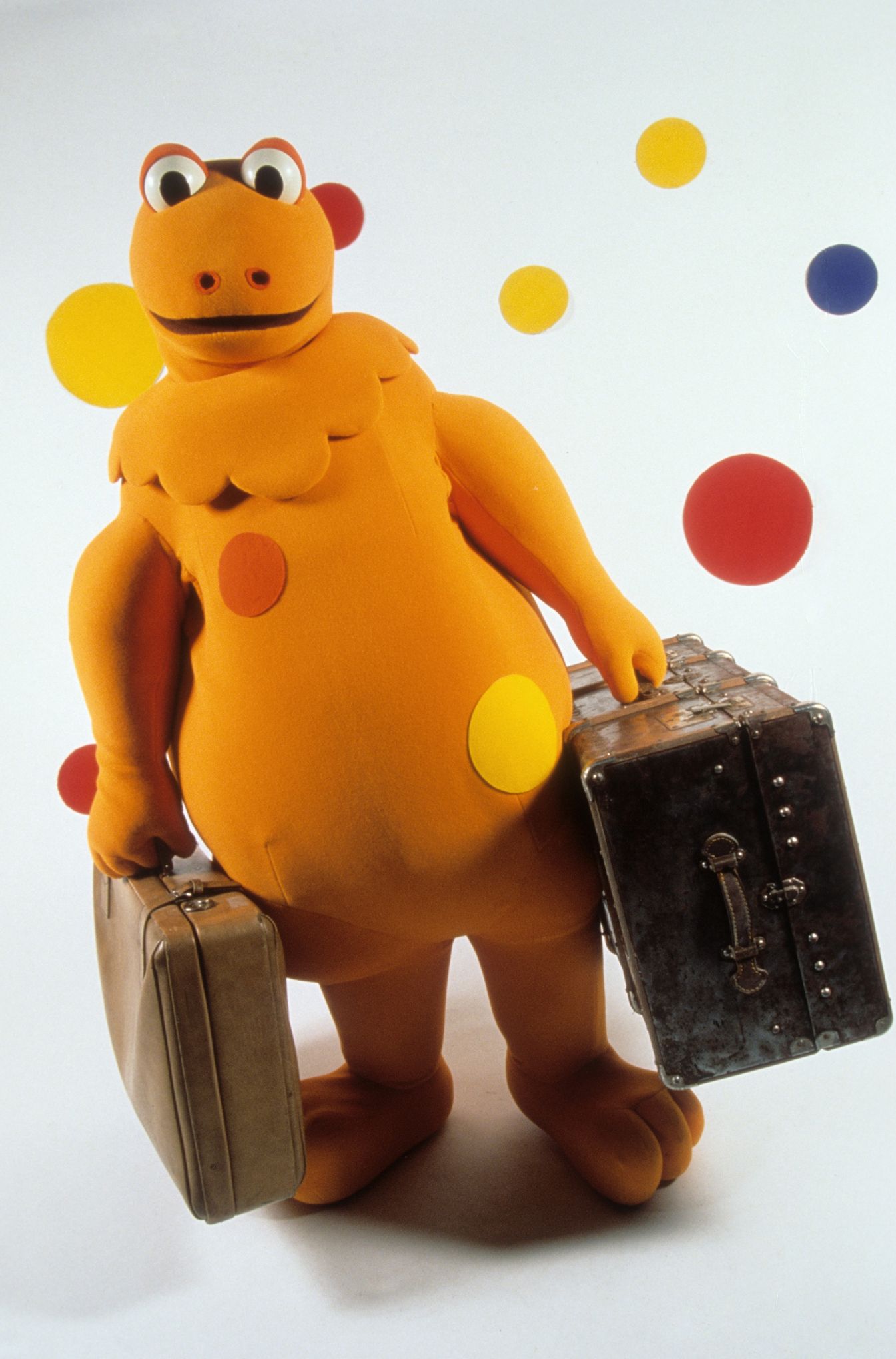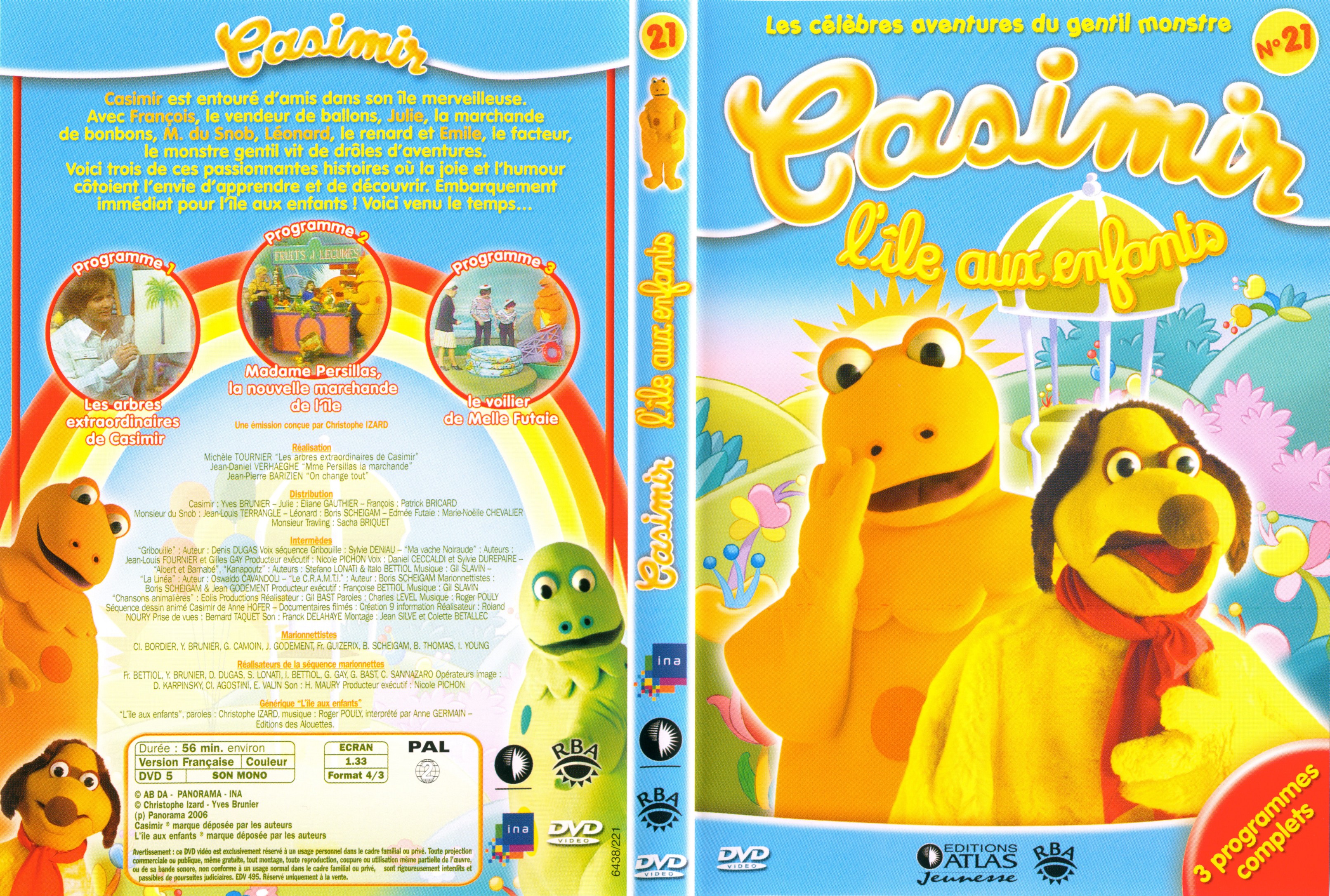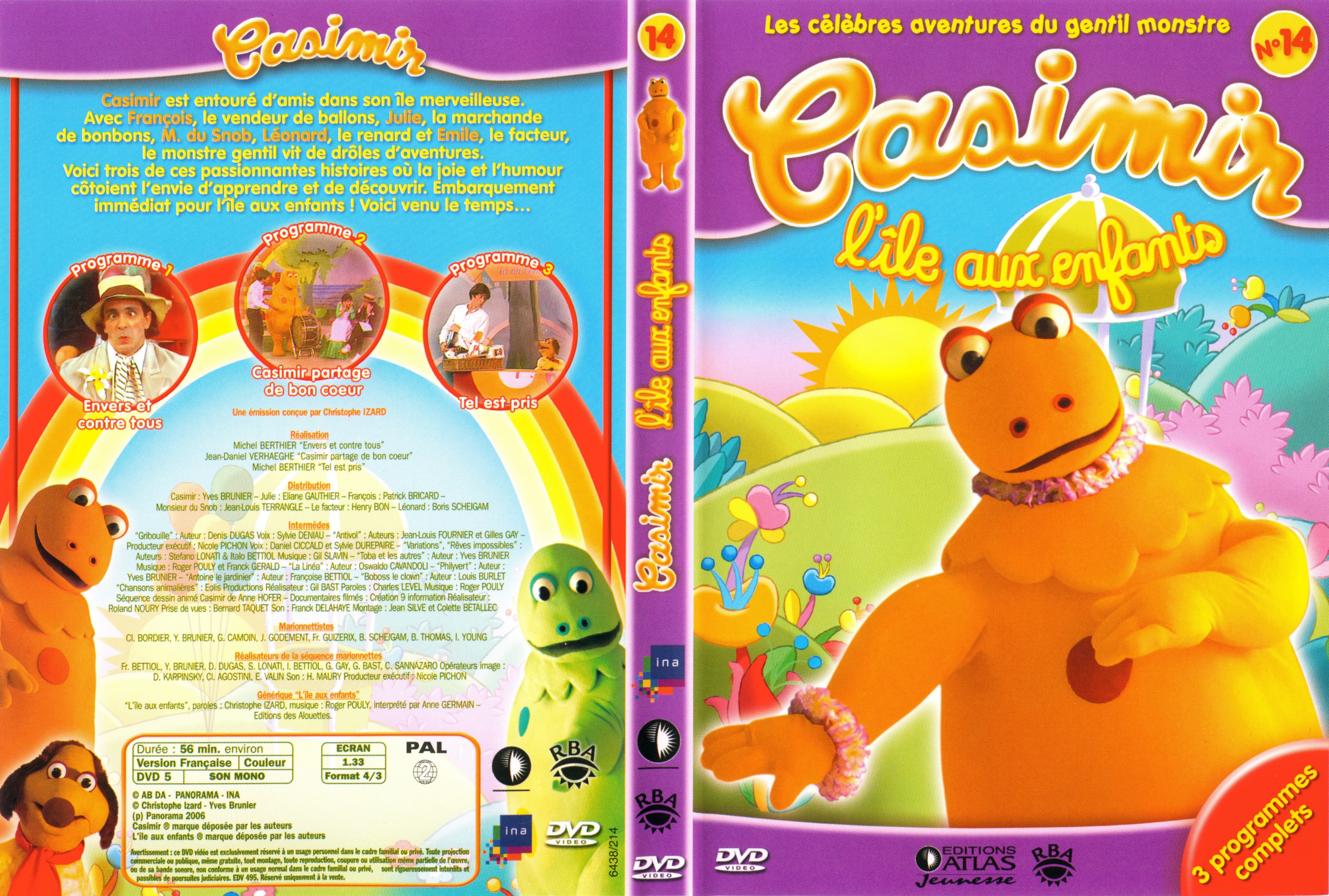The Trailblazing Legacy Of Camello "Frenchie" Casimir: A Style Icon
In the vibrant tapestry of fashion and beauty, certain names resonate with a profound impact, shaping trends and challenging norms. One such name, perhaps less universally known than it should be, is Camello "Frenchie" Casimir. This article delves into the remarkable life and enduring influence of a true pioneer, exploring how "Camello Casimir" represents not just a name, but a pivotal moment in cultural history, particularly concerning the mainstream acceptance of natural hair.
While the phrase "camello casimir" might initially conjure images of exotic animals or luxurious fabrics, its most significant resonance in the annals of style belongs to the legendary Black celebrity hairstylist, Camello "Frenchie" Casimir. He was a visionary who not only transformed hairstyles but also championed a movement towards authentic self-expression. Join us as we unravel the layers of his extraordinary legacy, from the linguistic roots of his unique name to his indelible mark on beauty, fashion, and cultural identity.
Table of Contents
- Unraveling "Camello Casimir": More Than Just a Name
- Camello "Frenchie" Casimir: A Pioneer of Natural Hair
- The Iconic Clientele and Cultural Impact
- A Legacy Beyond the Salon Chair: Fashion and Influence
- The Enduring Spirit of Natural Hair: Casimir's Vision Today
- Camello "Frenchie" Casimir: Biography and Personal Data
- Other Notable "Camello" Connections
- Why Camello Casimir's Story Matters
Unraveling "Camello Casimir": More Than Just a Name
The unique combination of "Camello" and "Casimir" in the name of our celebrated hairstylist invites a deeper look into the origins and meanings behind each component. While seemingly disparate, understanding these elements enriches our appreciation of the individual who bore them and the era he helped define. It's a fascinating linguistic and cultural journey that adds layers to the story of Camello "Frenchie" Casimir.
The Linguistic Journey of "Camello"
The word "camello" itself has a rich and ancient history. Derived from the ancient Semitic word `Κάμηλος (kamēlos)`, it is a classic example of a "wanderwort" – a linguistic loanword that travels across languages and vast distances, spreading its roots and adapting along the way. This journey reflects the historical significance of camels as animals originating from the driest regions and deserts of Asia. These large mammals are instantly recognizable by their distinctive humps, which store fat, not water, and their remarkable resilience.
There are two main species: the Camelus bactrianus, or Asian camel, known for its two humps, and the Camelus dromedarius, often called the African camel or dromedary, distinguished by its single hump. While both are incredibly hardy, the Bactrian camel has a longer coat to protect against the extreme cold of Asian deserts, where temperatures can plummet below freezing at night, contrasting sharply with daytime highs of up to 60°C. The dromedary, conversely, has a shorter, more uniform coat. This adaptability to extreme climates, from scorching days to freezing nights, underscores the camel's incredible resistance, making them vital creatures in many desert ecosystems. For more comprehensive information on these fascinating mammals, resources like Pangea Animales offer insights into their habitat, diet, reproduction, and customs.
"Casimir": A Touch of Luxury
The term "Casimir," on the other hand, typically refers to cashmere, a luxurious type of wool known for its softness and fine texture. It's important to note, as some references clarify, that "Casimir" or cashmere wool specifically refers to wool derived from cashmere goats, not from sheep, lambs, camel hair, mohair, angora, alpaca, or vicuña. This distinction is crucial in the textile world, as each fiber possesses unique properties and is valued differently. The association of "Casimir" with luxury and fine tailoring provides a subtle, yet perhaps fitting, backdrop to the personal style of Camello "Frenchie" Casimir, who cultivated a love for finely tailored dressing. It suggests an appreciation for quality, refinement, and a sophisticated aesthetic that extended beyond his work with hair.
Camello "Frenchie" Casimir: A Pioneer of Natural Hair
Beyond the etymological curiosities of his name, the true significance of Camello "Frenchie" Casimir lies in his revolutionary impact on the beauty industry and Black culture. In the 1960s, a pivotal era of social and cultural transformation, Casimir emerged as a trailblazing Black celebrity hairstylist in New York City. He wasn't just styling hair; he was challenging prevailing beauty standards and championing a return to natural textures.
Revolutionizing Hair in the 1960s
The 1960s marked a period of profound change, with the Civil Rights Movement gaining momentum and a burgeoning sense of Black pride emerging. In this context, Camello "Frenchie" Casimir played a crucial role in introducing naturally textured hair to the mainstream. His salon in Harlem became a hub for innovation, where he pioneered the popularity of natural hair trends. For those who have ever embraced an afro or cornrows, it is Camello "Frenchie" Casimir who deserves a salute, as he was instrumental in pioneering these styles and serving them up for global admiration. He understood that hair was not merely an aesthetic choice but a powerful statement of identity and heritage. His work helped to dismantle the pervasive notion that straight hair was the only acceptable or beautiful standard, paving the way for a more inclusive and authentic representation of Black beauty.
The Iconic Clientele and Cultural Impact
Camello "Frenchie" Casimir's influence was amplified by his impressive roster of celebrity clients, who became living testaments to his vision and skill. He styled greats who were themselves cultural icons, further cementing his legacy in the public consciousness. Among his most notable clients were legendary actresses Cicely Tyson and Diahann Carroll, as well as fashion impresario Audrey Smaltz. Mariam Makeba, the iconic South African singer and civil rights activist, was reportedly his first celebrity client to don a natural hairstyle under his expert hand.
Cicely Tyson's appearance in the television series East Side/West Side wearing cornrows, styled by Casimir, was particularly groundbreaking. At a time when natural Black hairstyles were often marginalized or deemed unprofessional, Tyson's visible embrace of cornrows on national television was a powerful statement. It sparked conversation, challenged perceptions, and brought naturally textured hair into millions of homes, helping to normalize and celebrate it. Casimir was not just a hairdresser; he was a cultural architect whose legacy helped shape the identity of an entire generation, proving that style is indeed in the bloodline, as honored by his great-nephew, who celebrated Casimir's Haitian heritage and enduring influence.
A Legacy Beyond the Salon Chair: Fashion and Influence
Camello "Frenchie" Casimir's impact extended beyond the confines of the salon. He was a man of refined taste, cultivating a love for fine tailored dressing that reflected his sophisticated aesthetic. This personal style, combined with his professional prowess, made him a cultural icon whose influence permeated various facets of identity and self-presentation. His work contributed significantly to the broader conversation about Black identity, self-acceptance, and the power of personal style as a form of expression.
Even decades later, his legacy continues to be recognized and celebrated within the fashion and cultural spheres. Events and gatherings often pay homage to his pioneering spirit. For instance, discussions around prominent Black male figures in fashion history often include Casimir alongside other influential personalities like performer Geoffrey Holder, highlighting his significant, albeit sometimes less familiar, contribution to today’s fashion conversation. Attendees at various cultural events, including figures like Paloma Elsesser, Justine Skye, Luar's Raul Lopez, and Solange Knowles (whose son, Daniel Julez J. Smith Jr., has walked shows alongside models like Anok Yai and Jordan Daniels), represent a generation that continues to benefit from and build upon the foundations laid by trailblazers like Casimir. His spirit of innovation and dedication to authentic style remains a guiding light for many in the industry.
The Enduring Spirit of Natural Hair: Casimir's Vision Today
The natural hair movement, which has seen a resurgence and widespread acceptance in recent decades, owes an immeasurable debt to pioneers like Camello "Frenchie" Casimir. His early efforts in the 1960s laid the groundwork for what has become a global celebration of diverse hair textures. What began as a counter-cultural statement has evolved into a mainstream phenomenon, with countless individuals embracing their natural curls, coils, and waves. This shift is a direct reflection of Casimir's vision: that natural hair is not just acceptable, but beautiful, versatile, and a powerful symbol of identity and heritage.
His work helped to foster an environment where individuals feel empowered to wear their hair as it naturally grows, free from societal pressures to conform to Eurocentric beauty standards. The widespread availability of natural hair products, the proliferation of natural hair content online, and the increasing representation of natural hair in media are all indicators of the lasting impact of his trailblazing efforts. Camello Casimir's legacy serves as a powerful reminder that true style is about authenticity and self-acceptance, principles that continue to resonate deeply within the contemporary beauty landscape.
Camello "Frenchie" Casimir: Biography and Personal Data
While specific dates and detailed personal anecdotes about Camello "Frenchie" Casimir's early life are not widely publicized, his professional achievements and cultural impact speak volumes. The following table summarizes key biographical information available:
| Category | Details |
|---|---|
| Full Name | Camello "Frenchie" Casimir |
| Profession | Celebrity Hairstylist |
| Era of Prominence | 1960s (Pioneered natural hair trends) |
| Location of Salon | Harlem, New York City |
| Key Contributions | Pioneered natural hair trends (e.g., Afros, Cornrows) for mainstream acceptance; Cultivated a love for fine tailored dressing. |
| Notable Clients | Cicely Tyson, Diahann Carroll, Audrey Smaltz, Mariam Makeba |
| Cultural Status | Cultural Icon, Trailblazer, Legacy helped shape identity. |
| Family Connection | Great-uncle (as referenced by a family member celebrating his Haitian heritage). |
Other Notable "Camello" Connections
It is important to distinguish Camello "Frenchie" Casimir from other individuals or items that might share parts of his unique name. For instance, the "Data Kalimat" also mentions Jason "Ace" Camello, who passed away in March 2024. While sharing the surname "Camello," Jason "Ace" Camello is a distinct individual and not directly related to the hairstylist's legacy in the context of this article. Similarly, references to "Gorra bird jack terciopelo camello y malla con bordado negro" (a camel velvet and mesh hat) or "Gorra bird jack casimir verde con negro" (a green and black cashmere hat) highlight how the words "camello" (referring to the color or the animal) and "casimir" (referring to the fabric) appear in everyday language, often unrelated to the specific cultural icon. These instances merely underscore the widespread use of these terms, without diminishing the unique and profound impact of Camello "Frenchie" Casimir.
Why Camello Casimir's Story Matters
The story of Camello "Frenchie" Casimir is more than just a historical footnote in the world of hairstyling; it is a vital chapter in the broader narrative of cultural identity, self-acceptance, and the power of visual representation. His work directly contributed to the empowerment of Black individuals by validating and celebrating their natural beauty, a concept that was revolutionary for its time and remains profoundly relevant today. By bringing natural hair into the mainstream, he helped to shift perceptions, challenge stereotypes, and foster a sense of pride in one's heritage.
For readers, understanding Casimir's legacy offers valuable insights into the evolution of beauty standards and the significant role that individuals play in shaping cultural movements. His commitment to authenticity and his courage to defy conventional norms provide a powerful lesson in self-expression. In an era where "Your Money or Your Life" (YMYL) principles emphasize the importance of accurate, trustworthy, and expert information, documenting the true impact of figures like Camello "Frenchie" Casimir ensures that cultural history is preserved with integrity, offering reliable knowledge about the forces that have shaped our society and continue to influence our understanding of beauty and identity.
Conclusion
Camello "Frenchie" Casimir stands as a monumental figure whose influence transcended the salon chair, leaving an indelible mark on fashion, beauty, and cultural identity. From pioneering natural hair trends in the 1960s to cultivating a personal style that exuded sophistication, he was a true trailblazer. His work with iconic figures like Cicely Tyson helped normalize and celebrate naturally textured hair, paving the way for the vibrant and diverse natural hair movement we see today. The phrase "camello casimir," therefore, represents not a blend of animal and fabric, but the singular, powerful legacy of a man who championed authenticity and redefined beauty for generations.
We hope this deep dive into the life and impact of Camello "Frenchie" Casimir has provided you with valuable insights into his enduring legacy. What are your thoughts on his contributions to natural hair and culture? Share your reflections in the comments below, or consider sharing this article to help spread awareness of this remarkable style icon. For more fascinating stories of cultural pioneers and their lasting impact, explore other articles on our site!

L'histoire secrète de Casimir

Jaquette DVD de Casimir vol 21 - Cinéma Passion

Jaquette DVD de Casimir vol 14 - Cinéma Passion